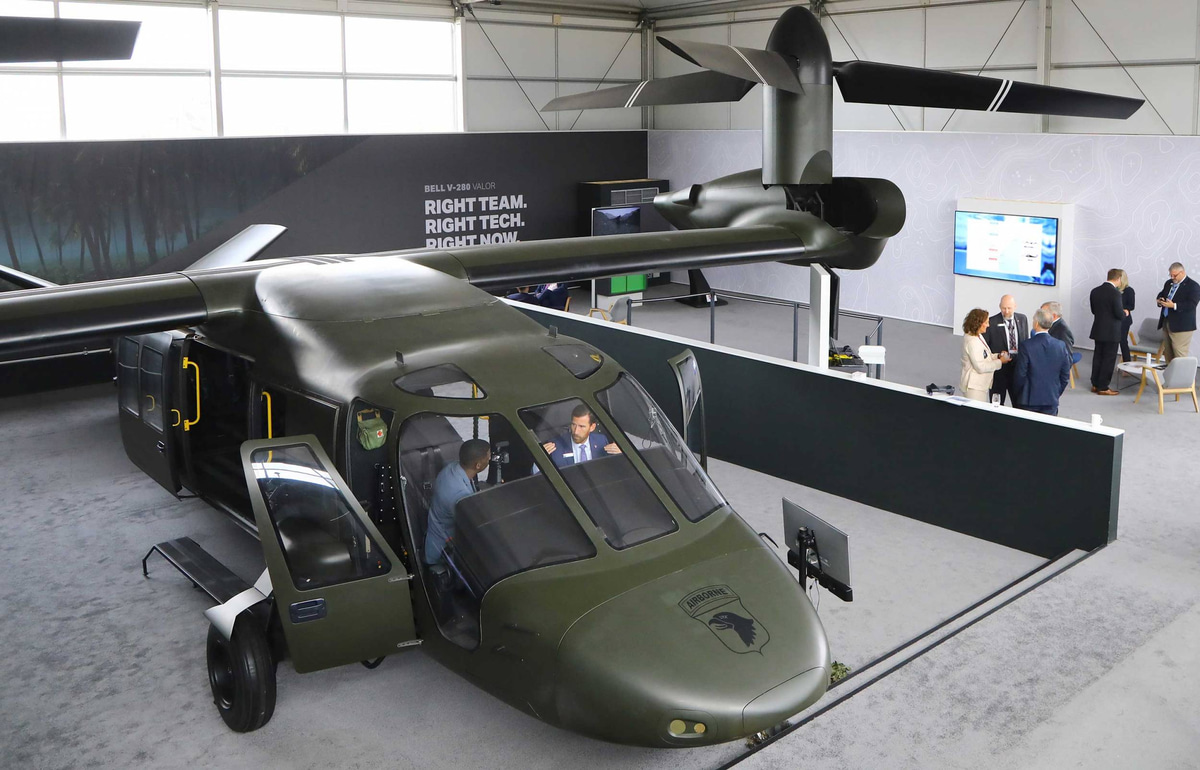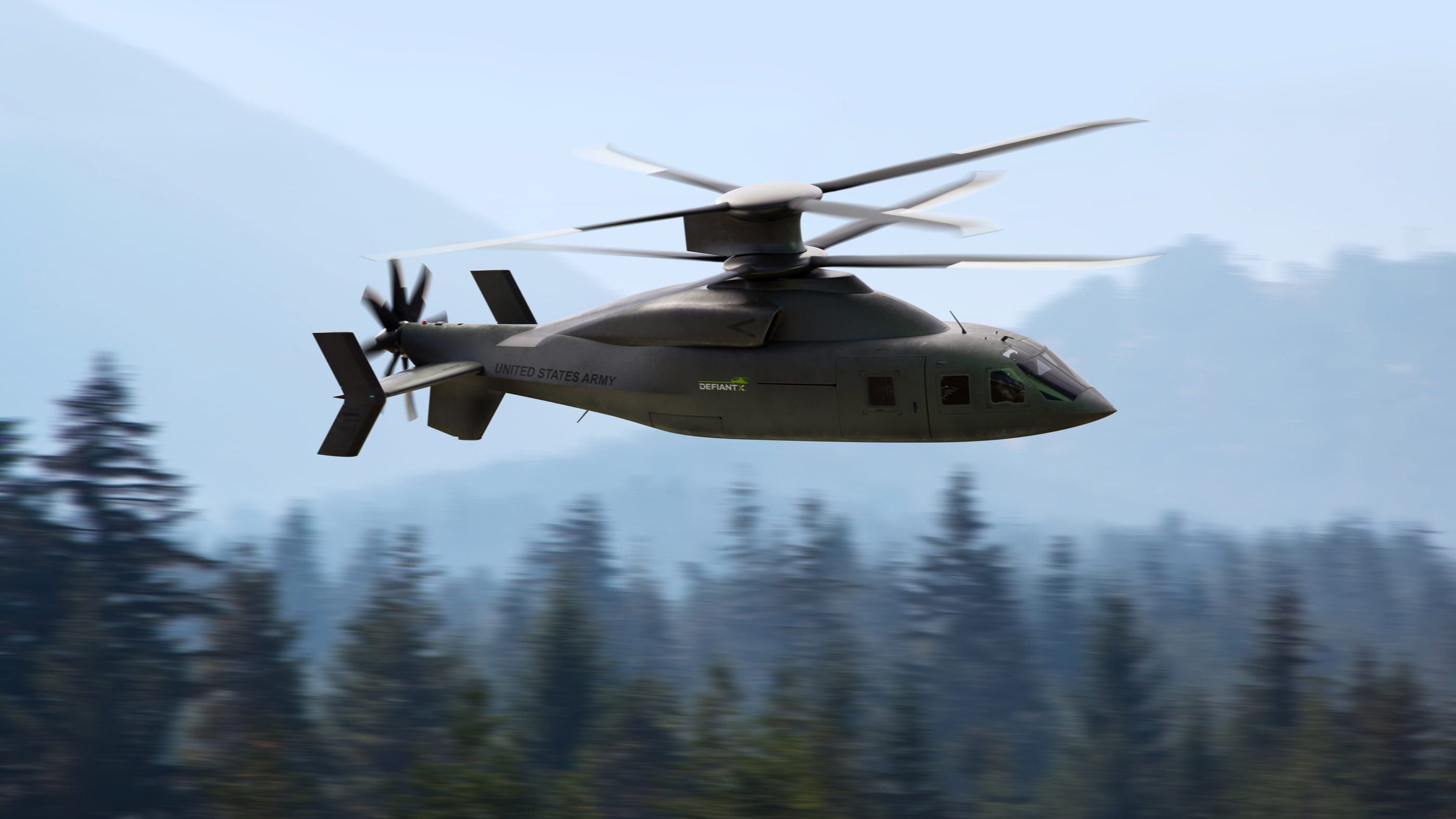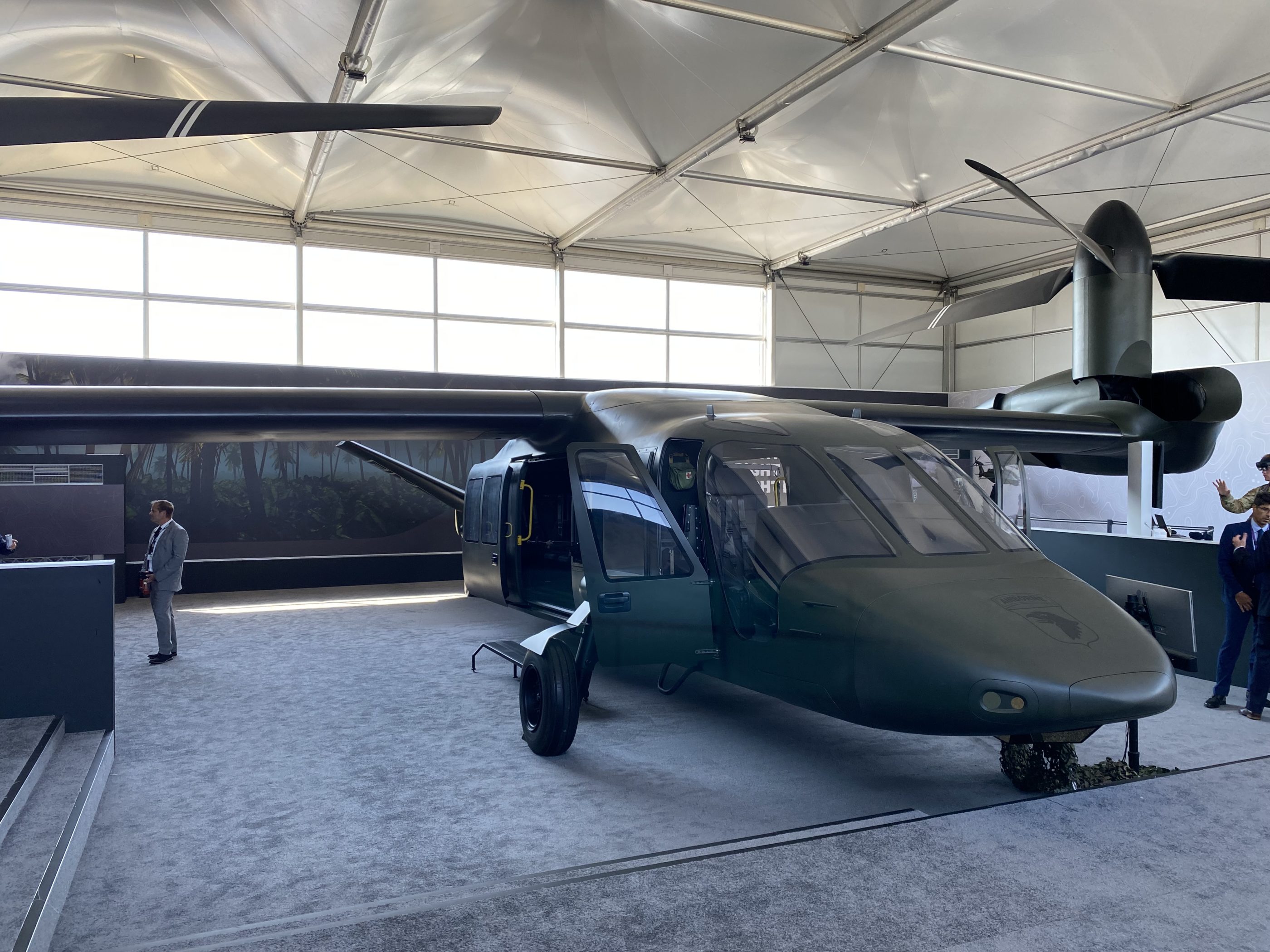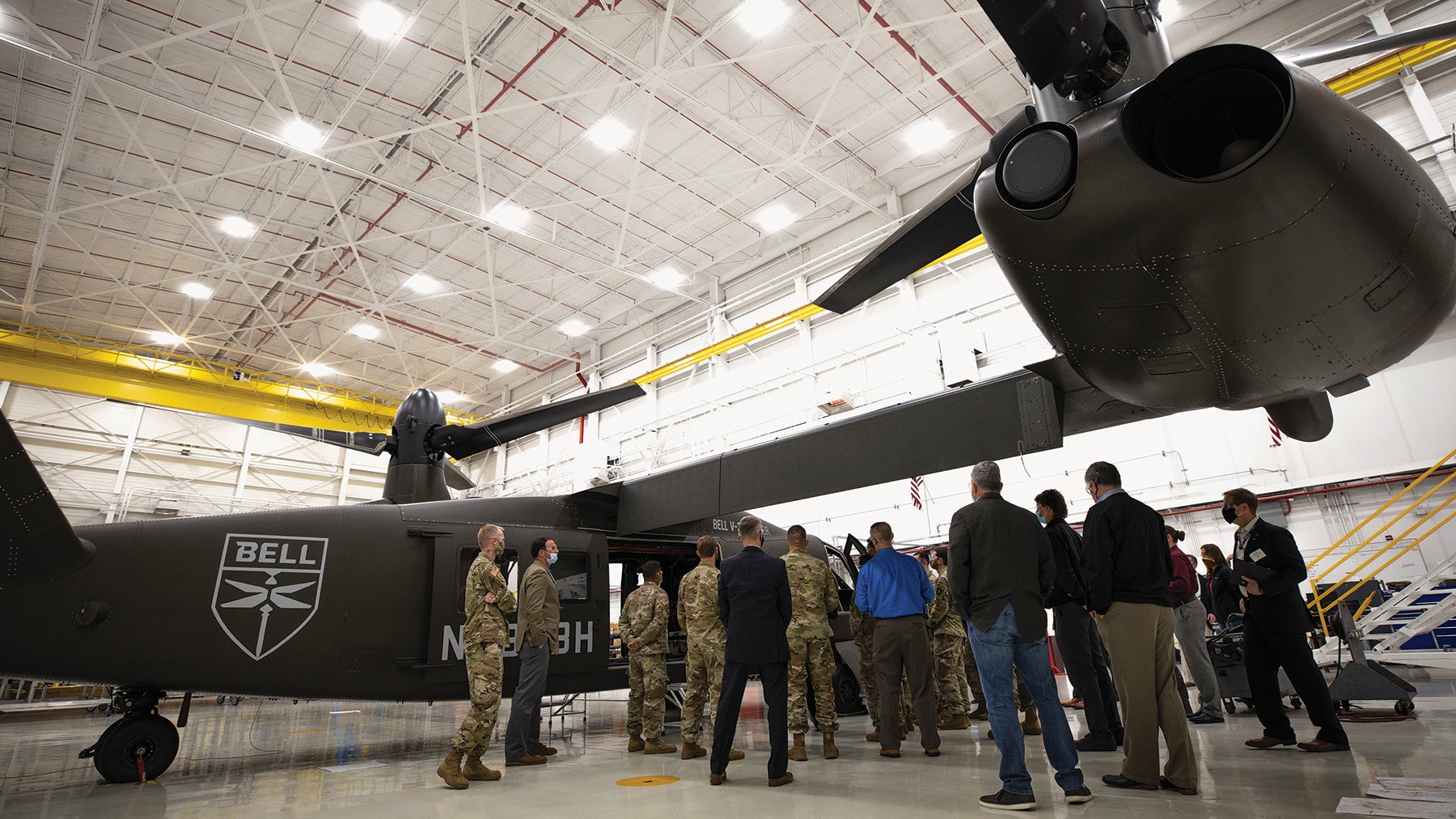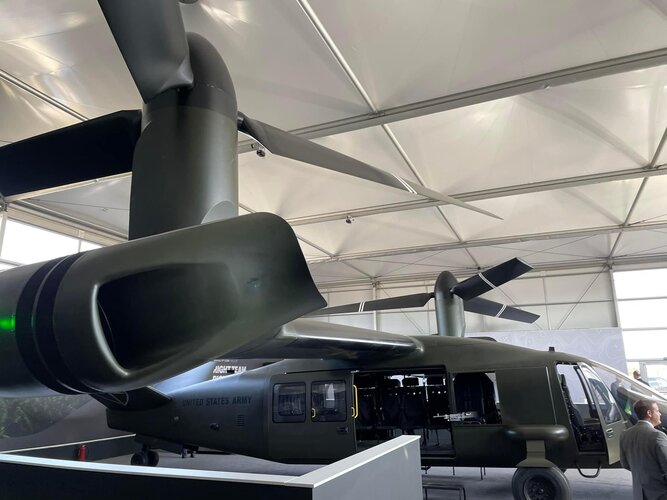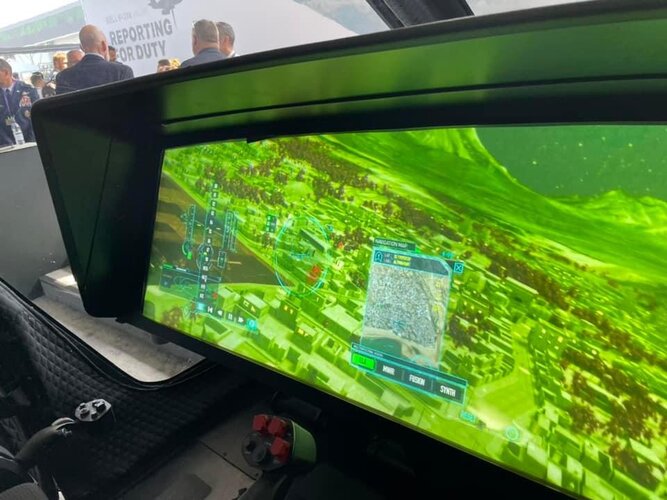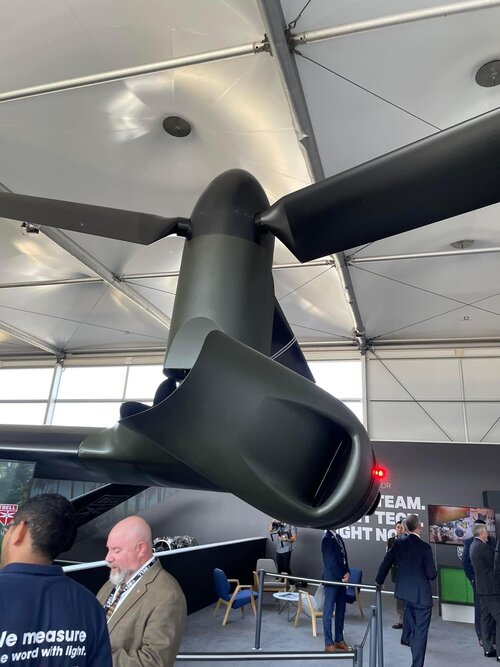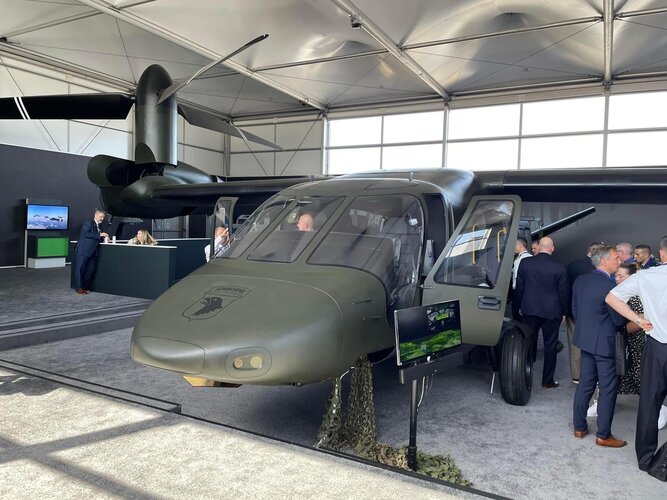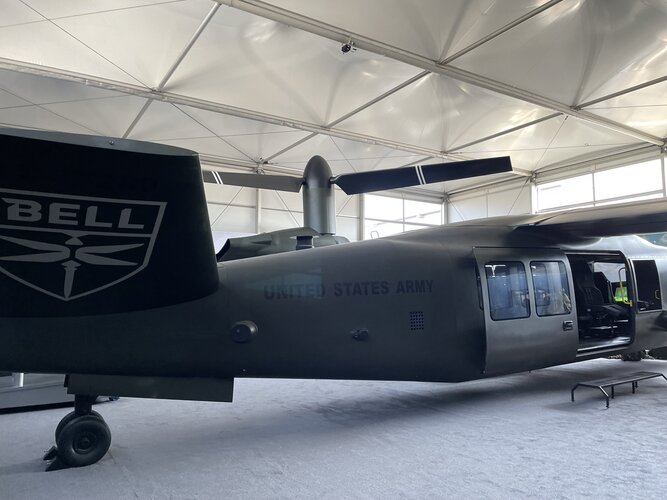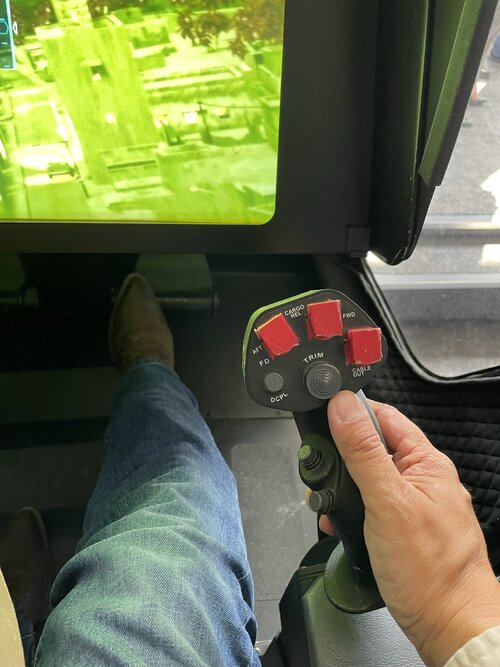As Monty Python would say, "And now for something completely different!"
Sikorsky Exploring Third ‘X2’ Twin Rotor Military Helicopter | Aviation Week Network
The announcement comes as NATO has kicked off its study for a Next Generation Rotorcraft Capability.aviationweek.com
Building overseas....trying to get some international funding since they may have sucked USG dry on the entire X2 paradigm at this point.
None of the European foreign governments are privy to the real results of the Raider and Defiant flight testing, so Sikorsky looks to be trying to get the ball rolling before the US Army makes a downselect on FLRAA and all the dirty laundry gets aired throughout the inevitable protest by whoever loses.
Also recently noticed that Lockheed/Sikorsky hosted the Italian Minister of Defense with the Lockheed CEO showing off another S-97 test flight. Wouldn't Defiant be a much more relevant aircraft to show or demo? Has it even flown since returning to Florida from AAAA months ago?
Paul Lemmo on LinkedIn: This week Lockheed Martin Chairman, President, and CEO Jim Taiclet | 12 comments
This week Lockheed Martin Chairman, President, and CEO Jim Taiclet and I hosted the Italian Minister of Defense Lorenzo Guerini for an S-97 RAIDER flight... 12 comments on LinkedIn

